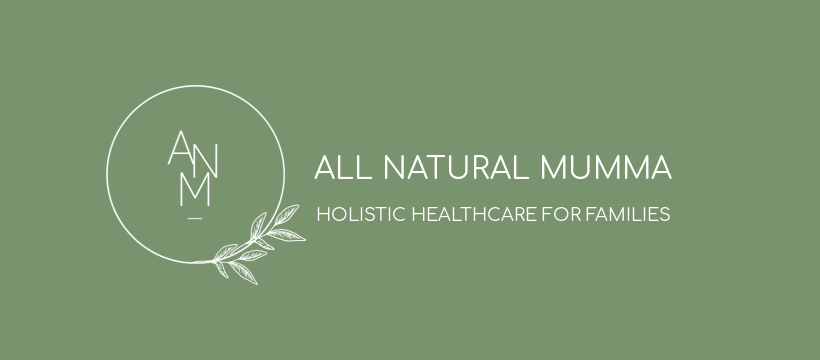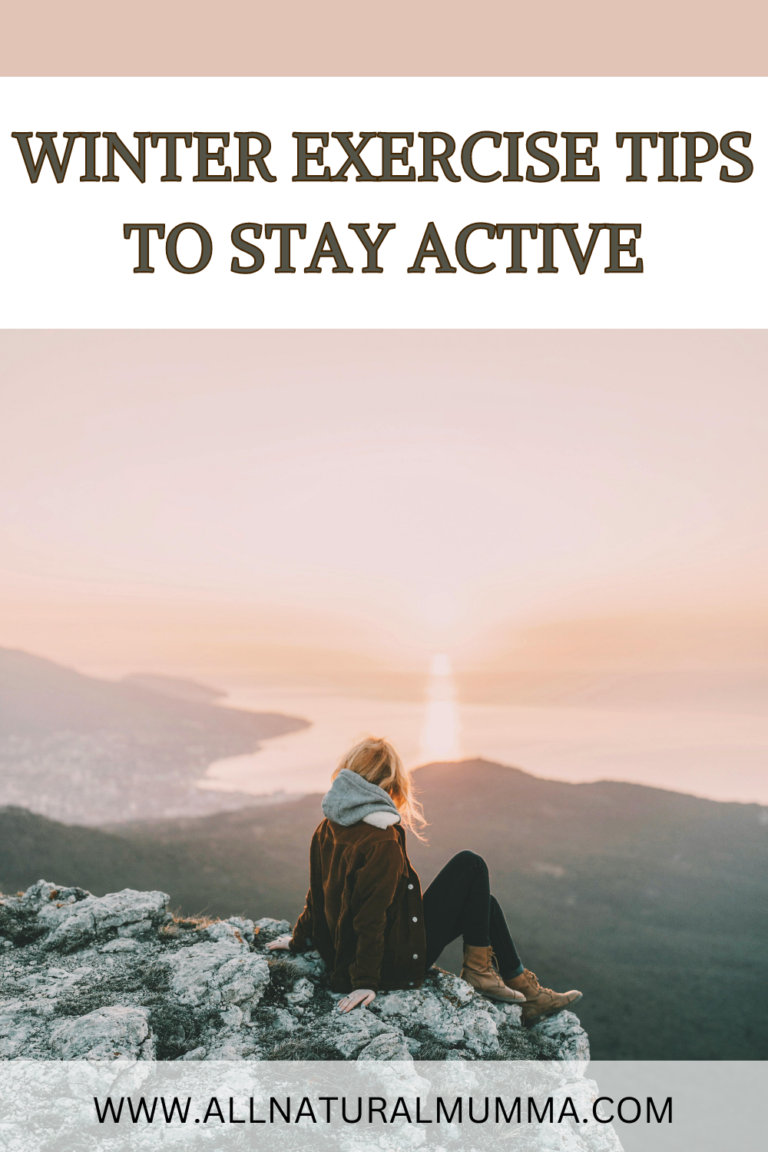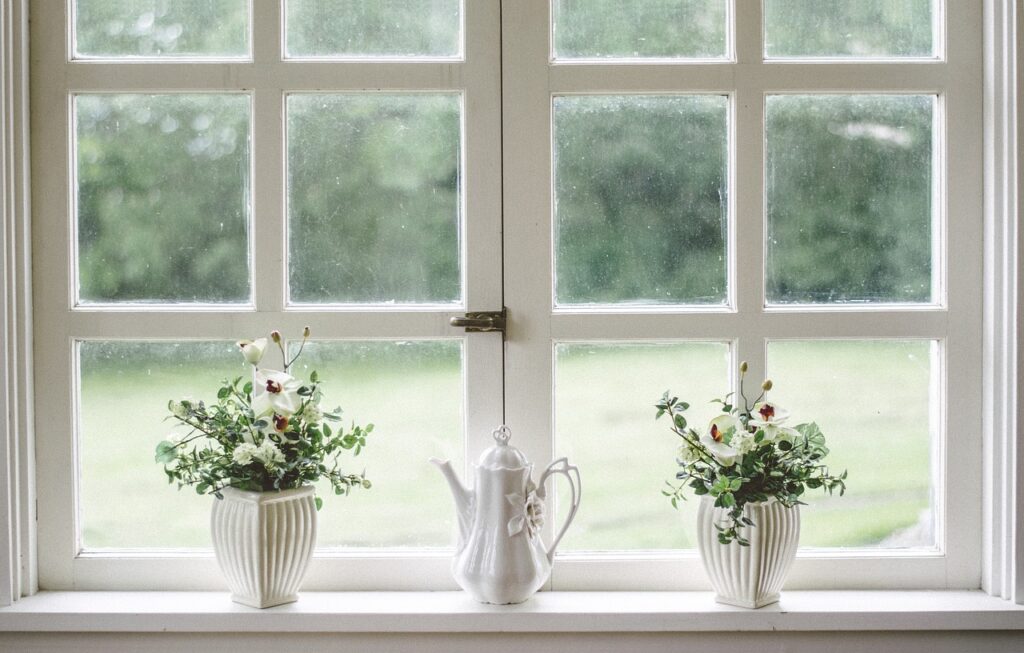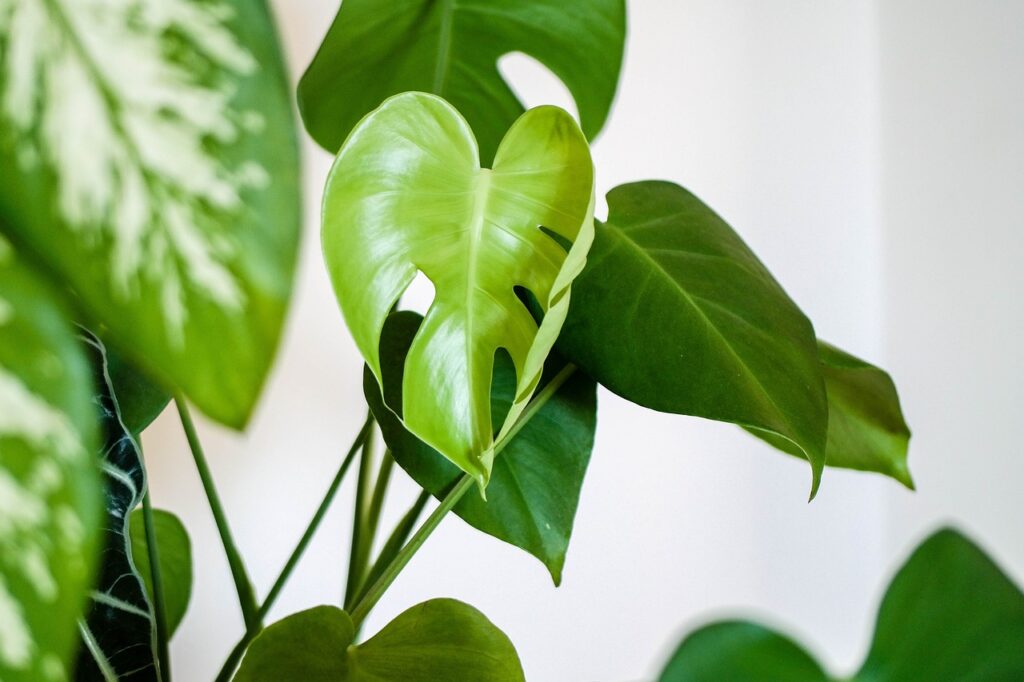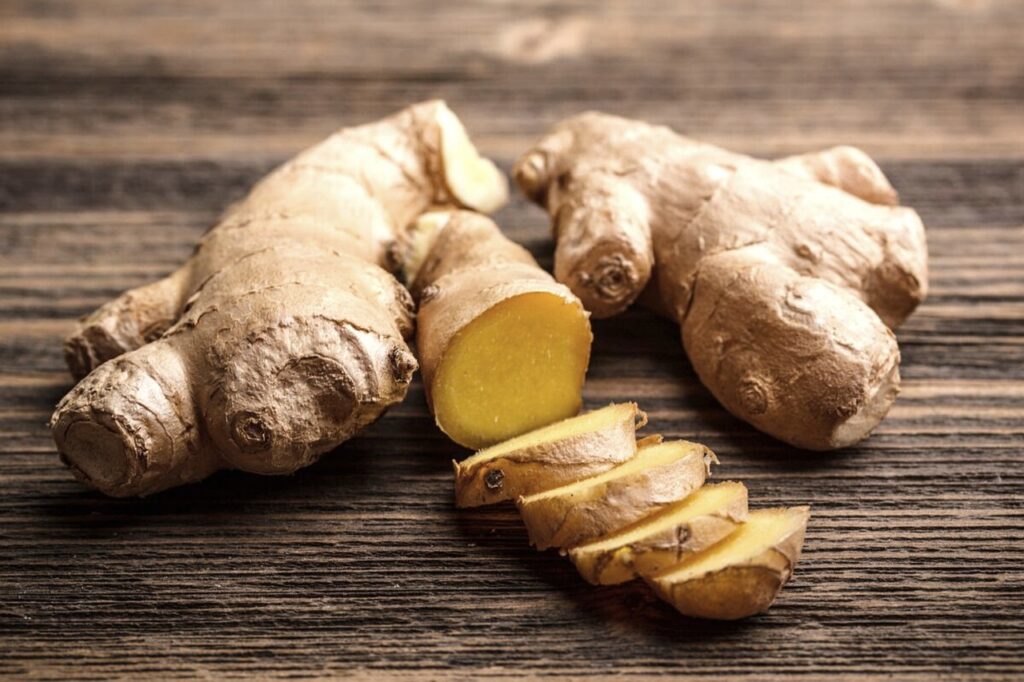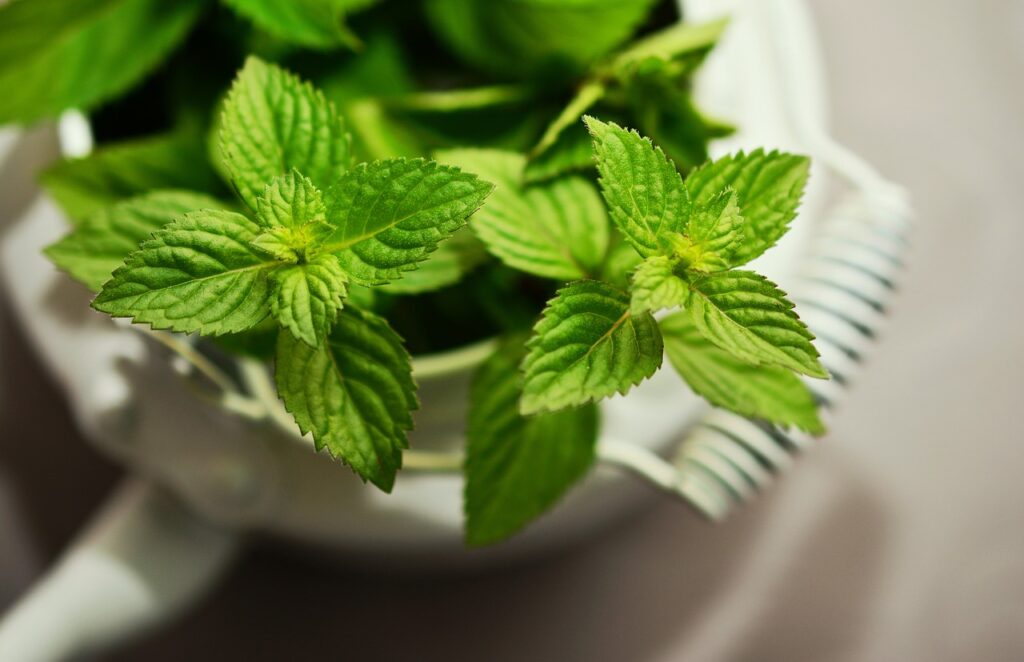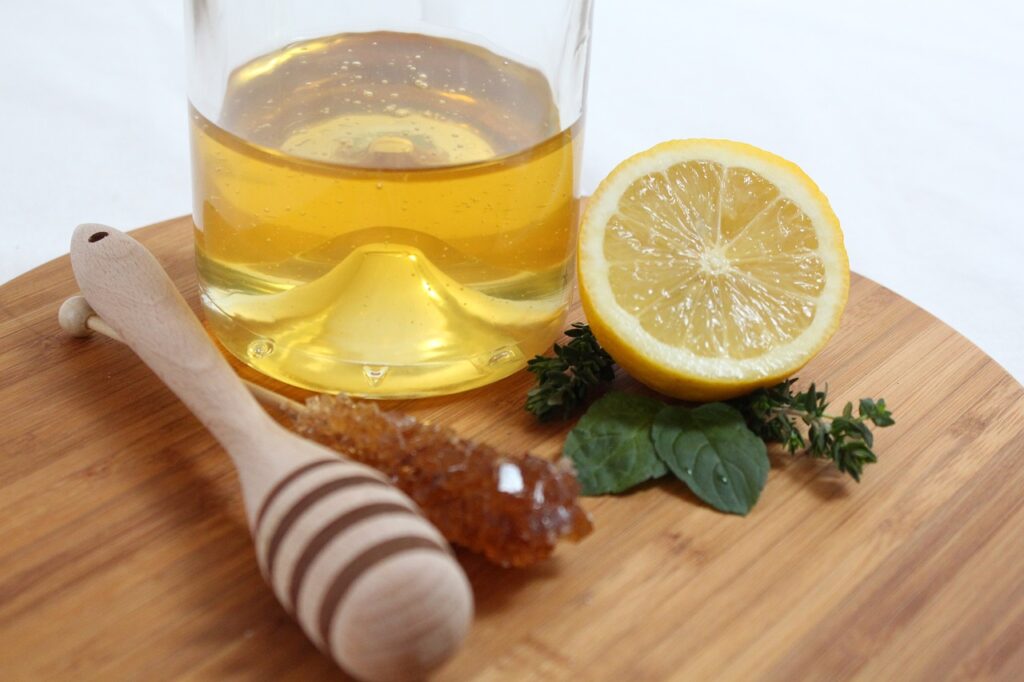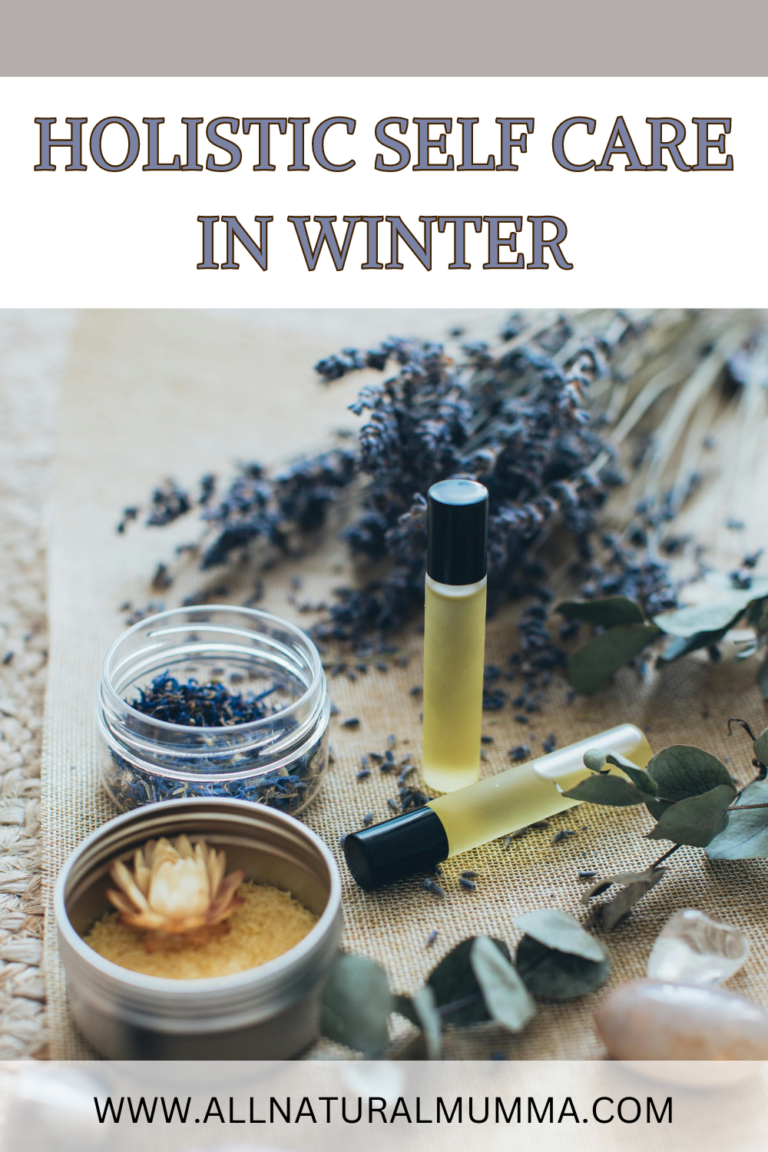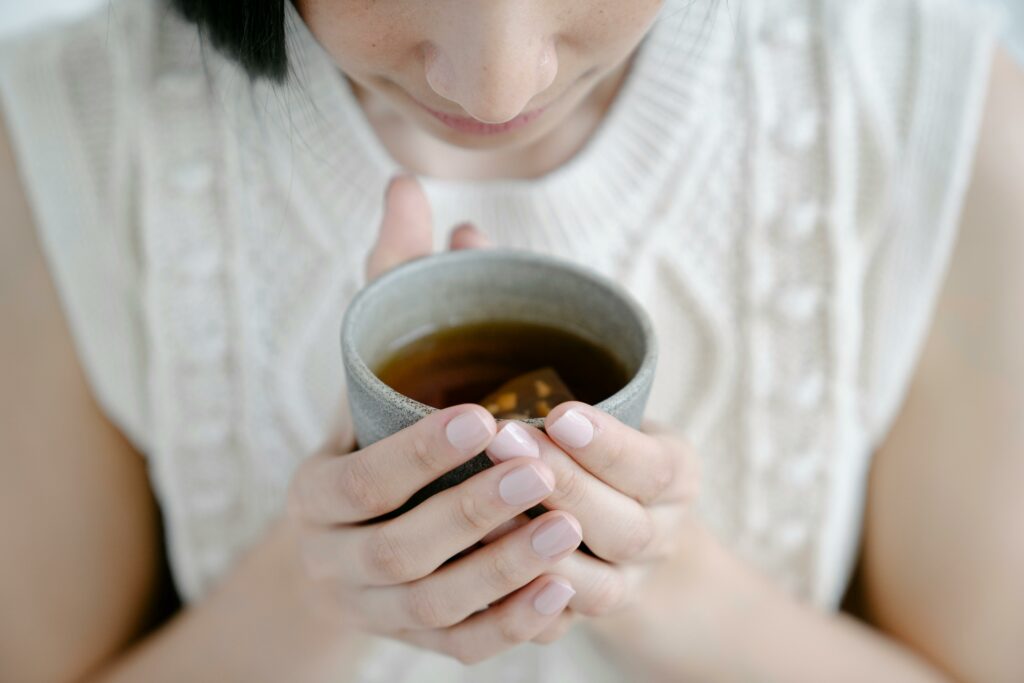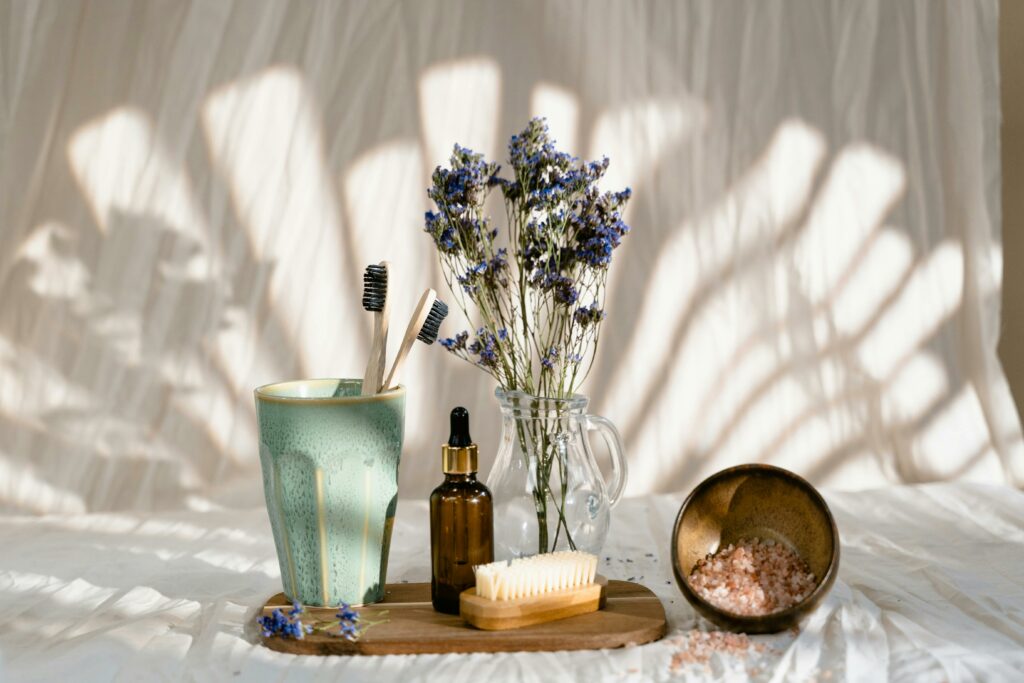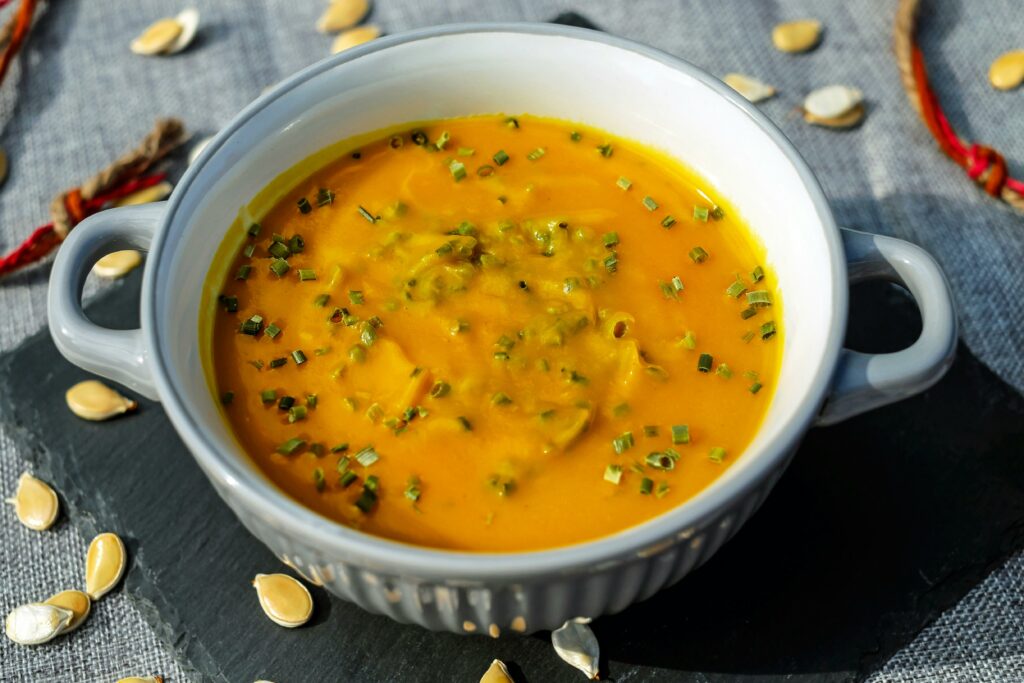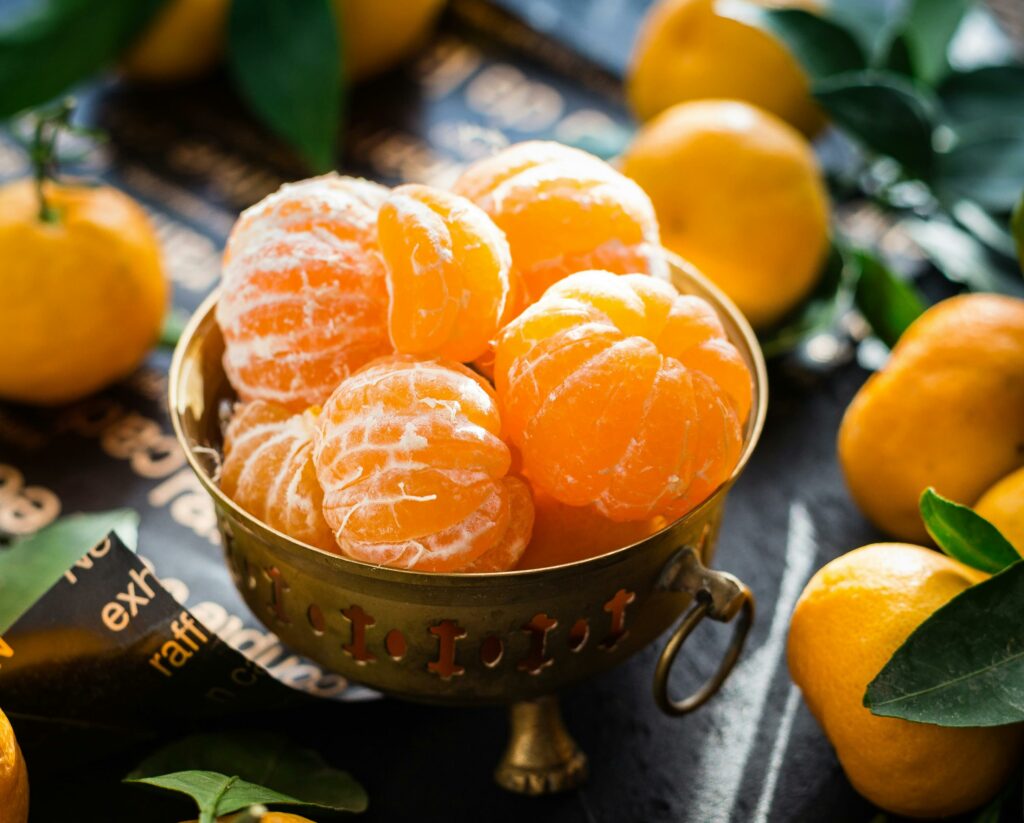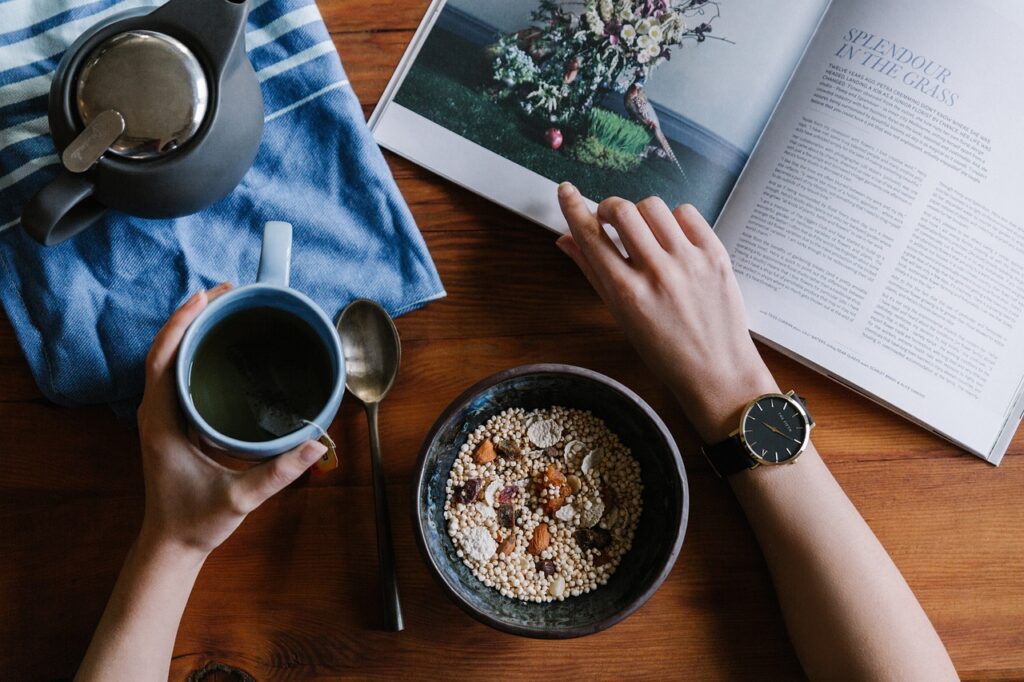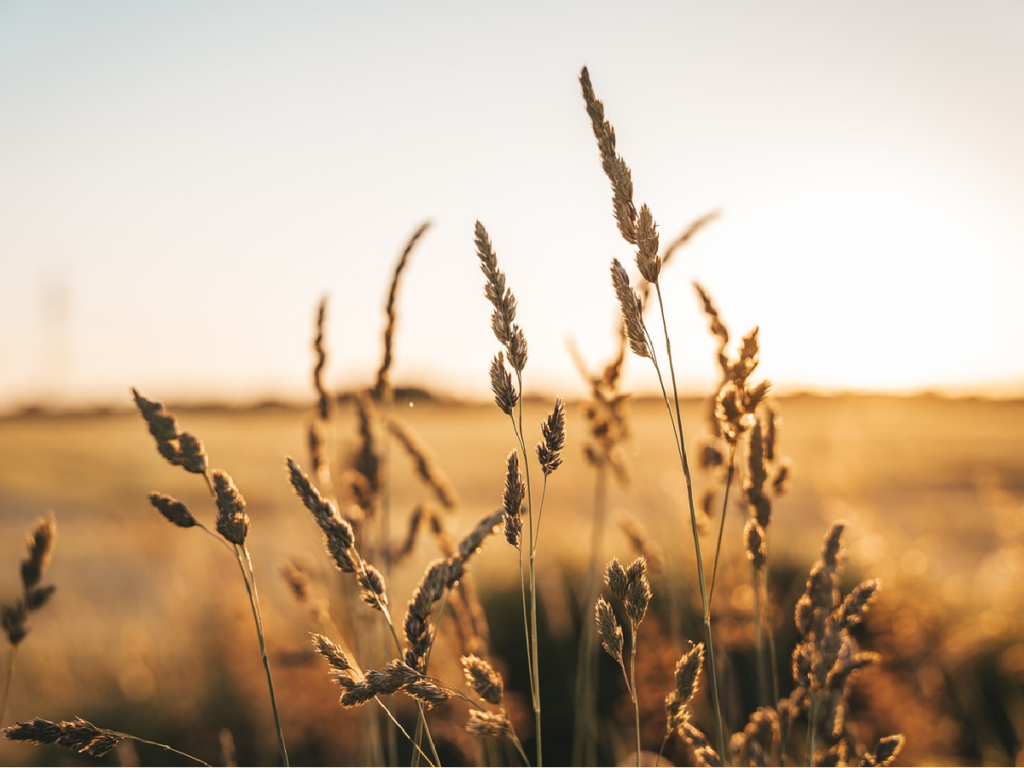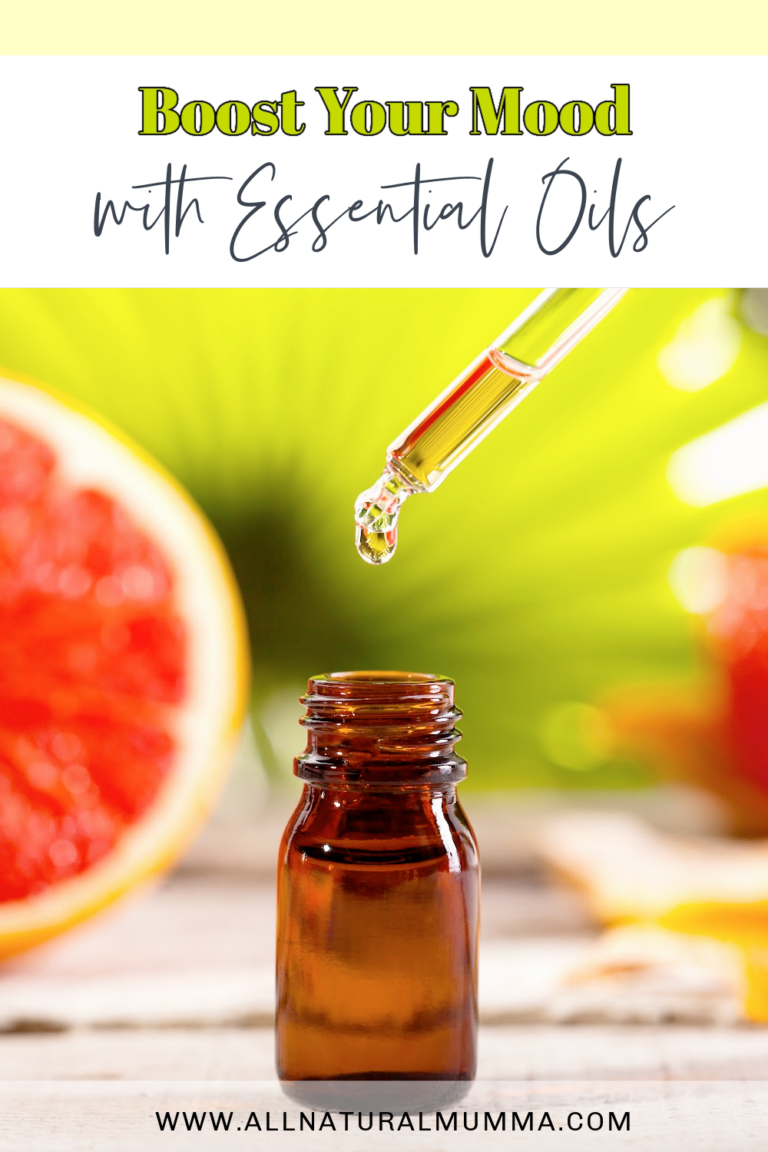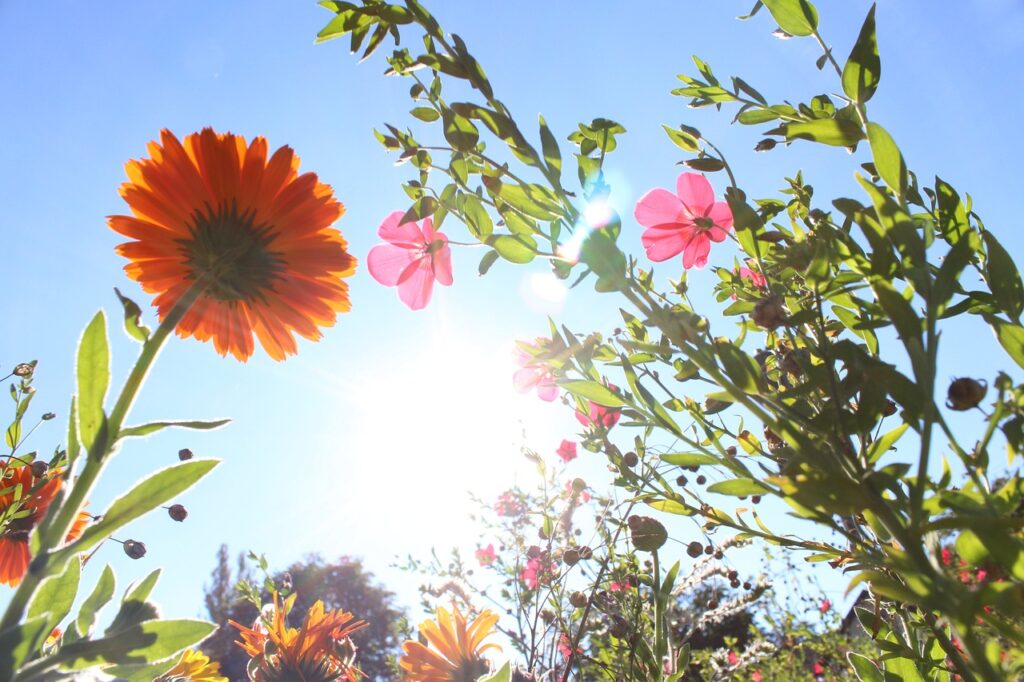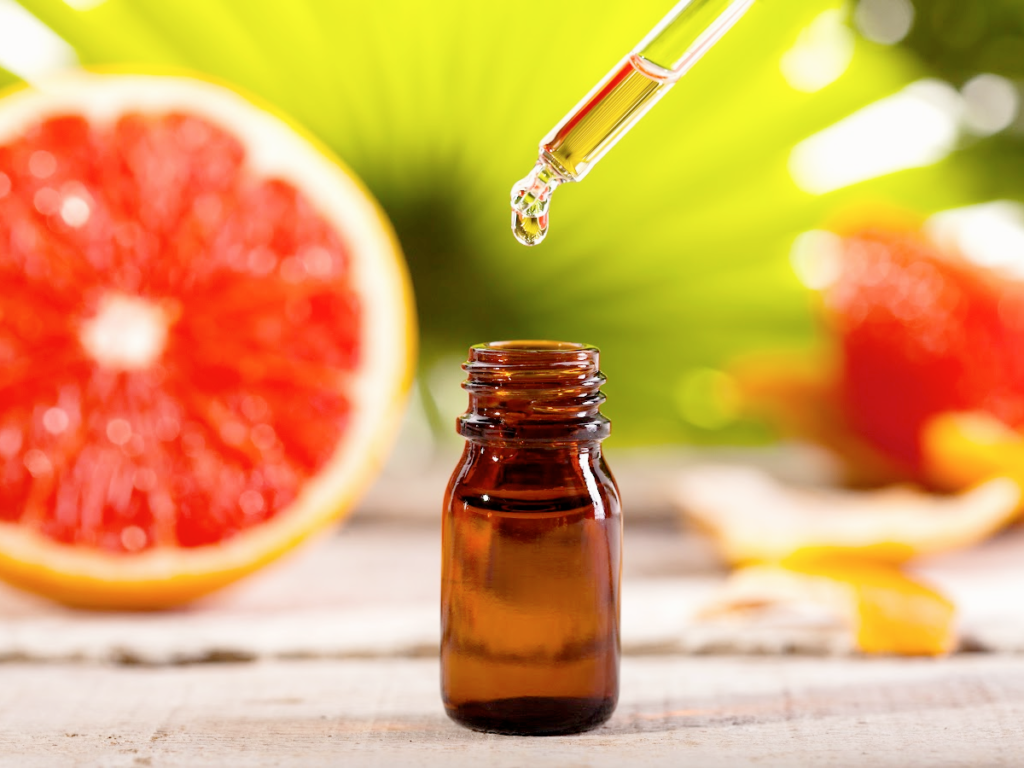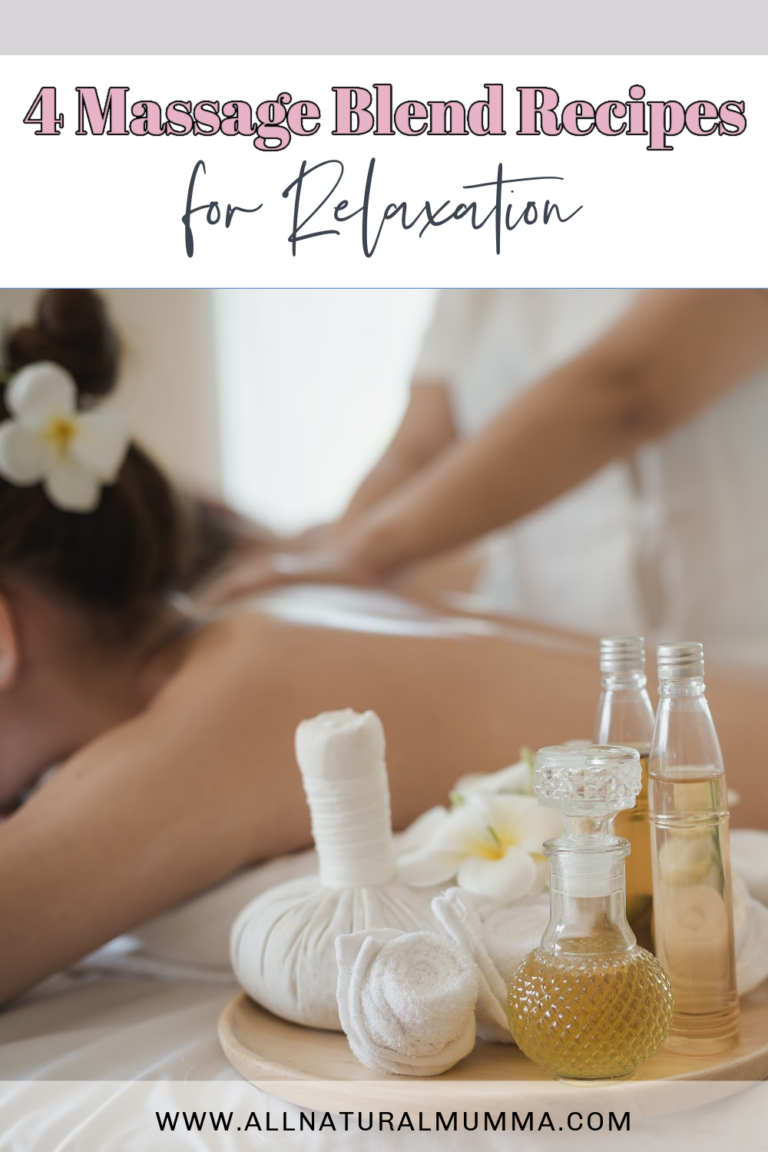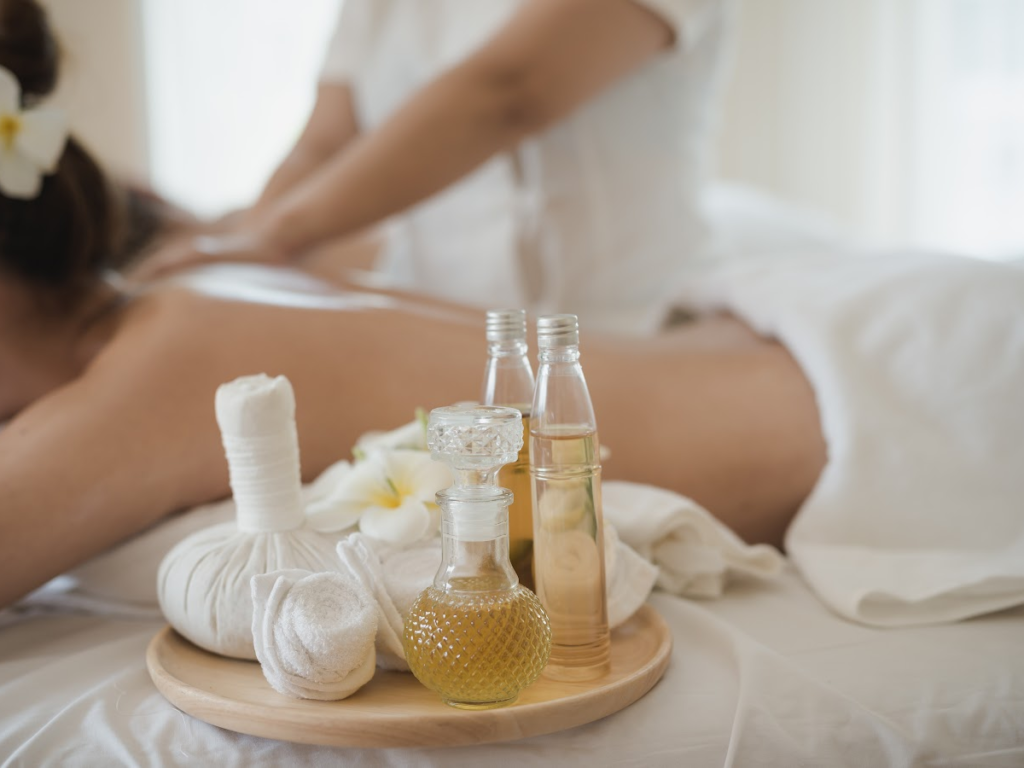Winter’s chill might tempt you to hibernate indoors, but staying active during the colder months is crucial for maintaining your fitness levels and overall well-being. Whether you prefer the warmth of your home or the brisk outdoors, there are plenty of exercise options to keep you moving and energised. Today I’ll be sharing a variety of indoor and outdoor exercise ideas to help you stay active and fit all Winter long.
INDOOR EXERCISE IDEAS
YOGA/STRETCHING
Yoga is a fantastic way to stay active indoors, promoting flexibility, strength, and mental clarity. With countless online classes available, you can practice yoga in the comfort of your home. Whether you’re a beginner or an experienced yogi, there are classes to suit all levels and styles.
TAI CHI
Tai Chi is a gentle, low-impact exercise that combines slow, deliberate movements with deep breathing. It’s perfect for improving balance, reducing stress, and enhancing overall fitness. Look for online tutorials or local classes to get started with this calming practice.
HOME WORKOUTS
Home workouts can be just as effective as gym sessions. You can find a variety of workout videos online, ranging from strength training and HIIT (High-Intensity Interval Training) to dance and Pilates. All you need is a little space and some basic equipment like dumbbells or resistance bands.
INDOOR CYCLING
If you have a stationary bike, indoor cycling is a great way to get your heart pumping without braving the cold. Join a virtual cycling class or follow along with an online workout to keep things interesting and challenging.
DANCE
Turn up your favourite tunes and dance your heart out! Dancing is a fun way to burn calories, improve coordination, and lift your spirits. Try a dance workout video or just freestyle in your living room.

OUTDOOR EXERCISE IDEAS
HIKING
Winter hiking can be a beautiful and invigorating experience. With proper clothing and footwear, you can enjoy the crisp air and stunning scenery. Check out local trails and parks, and remember to stay safe by informing someone of your plans and carrying essentials like water and snacks.
OCEAN SWIMMING
In my opinion, only for the brave!! Well I guess it depends on where you live, but for me, I need it to be hot to enjoy swimming in the sea. I see a lot of hard core enthusiasts out in the waves in Winter though so maybe that’s for you too!
CHASING WATERFALLS
A hobby of mine no matter what the season, however it IS incredible feeling that icy cold water spray when you get a little too close in Winter. Most waterholes are far too cold for swimming at this time of the year, but hey! people are paying other people to dunk themselves in an ice bath so maybe to you this sounds like just the ticket to get you feeling energised and alive!
WINTER RUNNING
Don’t let the cold deter you from running outdoors. With the right gear, winter running can be exhilarating. Wear moisture-wicking layers, a warm hat, and gloves, and choose running shoes with good traction. Start with a thorough warm-up and be careful on those slippery surfaces. Use eucalyptus essential oil (or a blend) on the chest to help with respiration.
ICE SKATING
Ice skating is a fun winter activity that improves balance, coordination, and strength. In Australia, that’s usually at an indoor rink, (how beautiful would it be on a frozen lake!?) and it offers a fun way to stay active and enjoy the season.
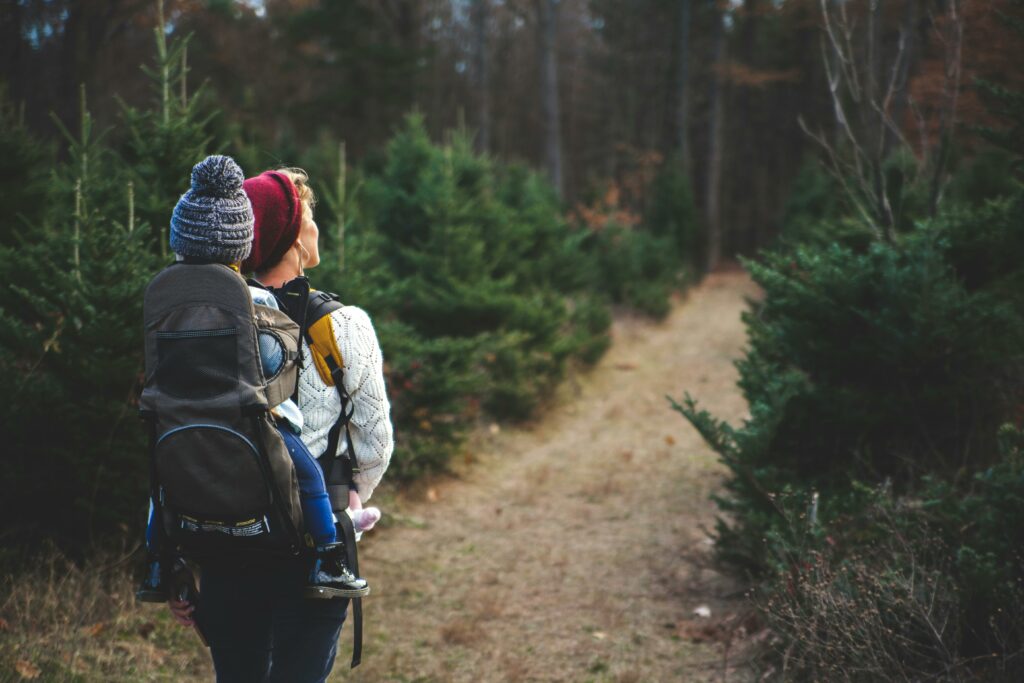
TIPS FOR STAYING ACTIVE IN WINTER
DRESS IN LAYERS
When exercising outdoors, dress in moisture-wicking layers to stay warm and dry. Start with a base layer that wicks sweat away, add an insulating layer for warmth, and top it off with a waterproof, windproof outer layer.
STAY HYDRATED
It’s easy to forget about hydration in the cold, but it’s just as important as in the heat. Drink water before, during, and after your workouts to stay properly hydrated.
WARM UP AND COOL DOWN
Always start with a gentle warm-up to prepare your muscles and joints for exercise. After your workout, take time to cool down and stretch to prevent injury and aid recovery.
SET GOALS
Set realistic fitness goals to keep yourself motivated throughout the winter months. Whether it’s running a certain distance, mastering a new routine, or simply staying consistent with your workouts, having goals can help you stay focused and committed.
FIND A WORKOUT BUDDY
Exercising with a friend can make your workouts more enjoyable and keep you accountable. Whether it’s a virtual dance class or a walk around the lake, sharing the experience can boost your motivation and commitment.
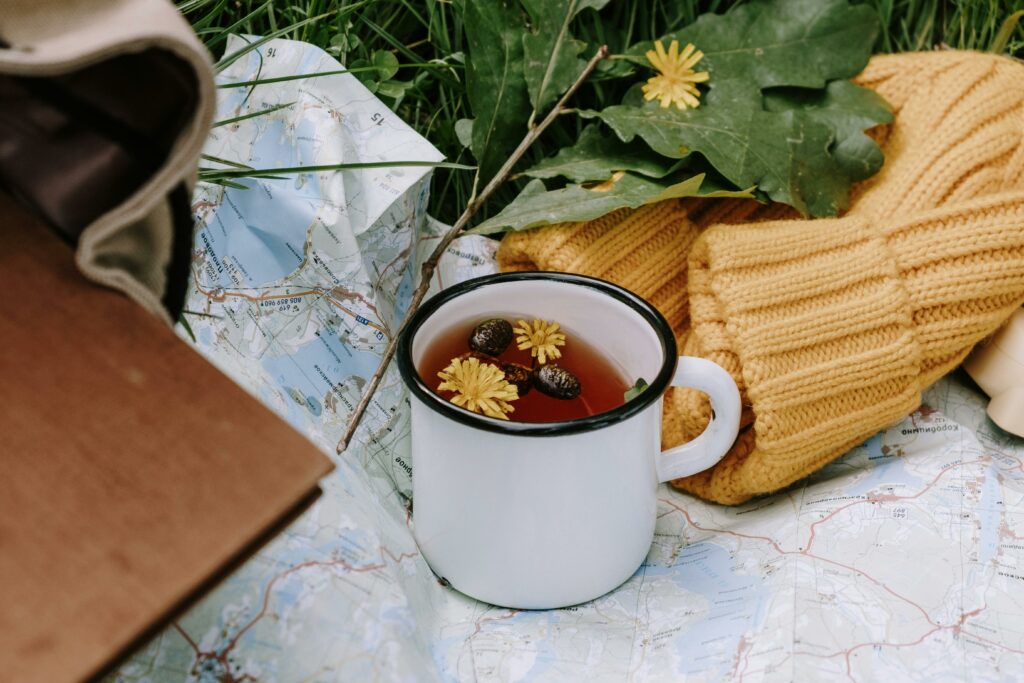
Staying active during the Winter months is essential for your physical and mental health. With a mix of indoor and outdoor exercise options, you can keep your fitness levels up and enjoy the unique beauty of the season. Embrace the Winter with these tips and ideas, and make the most of the colder months by staying active, healthy, and energised.
Tell me… which of these do you already love to do or are thinking about doing? Send me a message and let me know.
